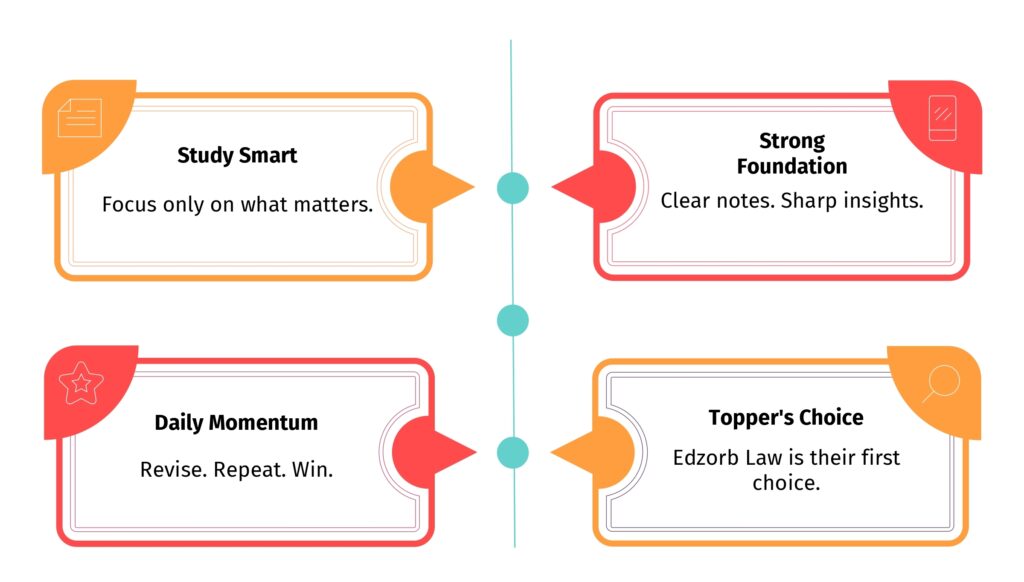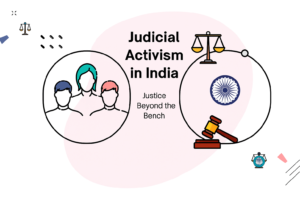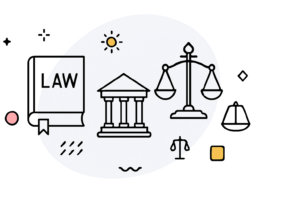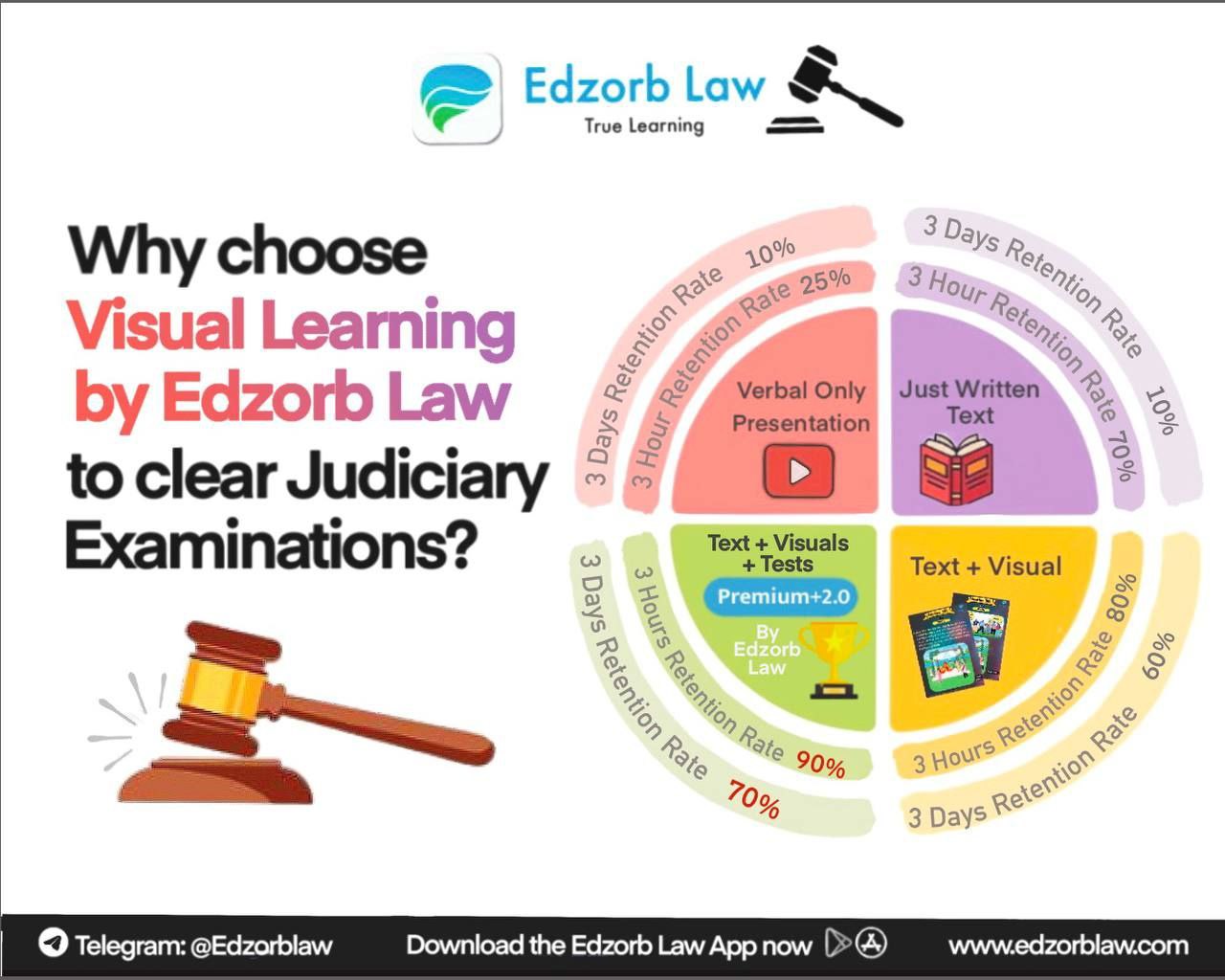In a democracy like India, the judiciary plays a vital role beyond interpreting laws, it often acts as the voice for the voiceless, standing as a shield against injustice and sometimes driving societal reforms.
However, judicial activism is a double-edged sword. While it has brought about significant legal and social changes, there is an ongoing debate about whether it sometimes oversteps its constitutional boundaries.
📘 What is Judicial Activism?
Black’s Law Dictionary defines judicial activism as a philosophy of decision-making where judges allow personal views on public policy to influence their rulings, often identifying constitutional violations while disregarding precedent.
In simpler terms, judicial activism occurs when courts step beyond the clear text of the law to address broader societal issues, sometimes even stepping into the realm of legislative or policy-making responsibilities.
🧾 Where Does the Judiciary Get Its Power?

Judicial activism is rooted in India’s Constitution, particularly in the provisions that empower courts to review and restrain State actions:
- Article 13 – Grants the power of judicial review, invalidating laws that violate constitutional provisions.
- Article 32 – A fundamental right in itself, allowing citizens to directly approach the Supreme Court to protect other fundamental rights.
- Article 226 – Empowers High Courts to issue writs for both fundamental and legal rights, broader in scope than Article 32.
- Article 227 – Gives High Courts supervisory authority over lower courts and tribunals.
- Article 136 – The Supreme Court can grant special leave to appeal against any judgment from any court or tribunal.
- Article 142 – The SC can pass orders to do ‘complete justice’ in any case, allowing judicial innovation when the law is silent.
👥 Public Interest Litigation (PIL): Democracy’s Legal Gateway
The rise of PILs has democratized the judiciary like never before.
Evolution from Locus Standi to PIL:
Earlier, only those directly affected could approach the courts. But with PILs, any concerned citizen can knock on the doors of justice on behalf of the marginalized.
Epistolary Jurisdiction:
Yes, even a letter to the Chief Justice can become a case. The judiciary has acted on media reports and personal letters in landmark cases like:
- Hussainara Khatoon Vs State of Bihar – Right to speedy trial for undertrial prisoners.
- Sheela Barse Vs State of Maharashtra – Protection of rights of women in custody.
Expanding Horizons:
Thanks to PILs, the courts have recognized rights like:
- Right to a clean environment
- Right to education
- Right to livelihood
Judicial Activism Vs Judicial Overreach
While judicial activism protects the Constitution, judicial overreach is when courts step into executive or legislative functions. The line? Very thin and often contested.
Landmark Cases:
- NJAC Case (2015) – SC struck down the National Judicial Appointments Commission Act, asserting judicial independence.
- Prakash Singh Vs Union of India (2006) – Police reforms ordered by the Court.
While these decisions improved governance, critics argued the judiciary was doing the executive’s job.
📉 The Criticism: Too Much Power?
There’s growing concern about:
- Courts making laws instead of interpreting them
- Undermining elected institutions
- Weakening the principle of separation of powers
Even the judiciary has cautioned itself to exercise restraint. After all, democracy thrives when all branches respect each other’s turf.
Why Judicial Activism Still Matters
Despite criticisms, judicial activism has protected the voiceless, challenged corruption, and pushed social reform in areas like:
- Environmental protection (Ganga, forest conservation)
- Gender justice (Vishaka Guidelines)
- Prison reforms and rights of undertrial prisoners
In a country where systemic inequalities exist, judicial activism often becomes the last hope for justice.
Final Thought: Justice with Wisdom and Edzorb Law, Not Impulse

Judicial activism is a powerful tool, but like all tools, it must be used wisely. Striking the balance between proactive justice and constitutional boundaries is key to India’s democratic integrity.
As judiciary aspirants, understanding this balance is not just important, it’s essential. Because tomorrow, you could be the one defining it with Edzorb Law.

 Podcast
Podcast








 Features
Features






